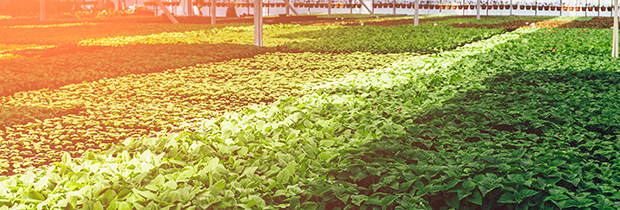3 January 2020
SCI’s peer-reviewed journals provide research studies and commentary articles from leading scientists in emerging areas. Their work addresses global audiences by crossing academic, industrial, government and science policy sectors.
Here are some of the highlights from the latest issues of our journals. To view the full range of SCI’s journals, visit our publications page.
Brewer’s spent grain could be used as feedstock for second generation ethanol
Biofuels, Bioproducts & Biorefinin: DOI:10.1002/bbb.2072
Brewer’s spent grain (BSG), a by-product of beer production contains lignin, cellulose and hemicellulose, which can be used to produce second-generation ethanol and xylitol. Making efficient use of the glucose, which is obtained from cellulose and xylose which comes from hemicellulose, is required if high ethanol yields are to be obtained. Only a few micro-organisms can convert xylose to ethanol, among them are Scheffersomyces stipitis and Pachysolen tannophilus.
Researchers in Brazil evaluated the fermentation of the hemicellulose fraction from BSG in aerobic and oxygen-limited conditions using S. stipites and P. tannophilus. The findings were compared with data obtained in a complex medium and a minimal medium.Researchers found that when comparing the two yeasts, S. stipites led to increased ethanol production while P. tannophilus led to better xylitol production under the conditions that were studied.
Mineral carbonation provides feedstock for new materials
Greenhouse Gases Science and Technology: DOI: 10.1002/ghg.1940
Capturing carbon dioxide and reacting it with alkaline feedstock so it can be stored as solid carbonate minerals (mineral carbonation) is a useful form of carbon capture and storage. There has been increased research in the area of using carbonate minerals to create products primarily for the construction industry. A review of the potential for advancing the process to decrease carbon dioxide emissions was carried out by US researchers.
Mineral carbonation is still a maturing sector. However immediate efforts could focus on carbonation of industrial or mining wastes to produce pre-cast concrete blocks. The carbonation of conventional concrete shows the highest potential for carbon dioxide avoidance but could face market resistance.
Better understanding of nanofertilisers is needed
Journal of Science Food and Agriculture DOI 10:1002/jsfa.10004
Nanotechnology is finding widespread application in agriculture and horticulture, with nanofertilisers playing an important role in improving crop yield and vegetative growth. There are, however, still gaps in understanding the effects of nanofertilisers on fruit trees and the biological reasons for their impact on different traits. There is an urgent need for extensive research in these areas. The research should focus on the mechanisms underlying the positive effects of nanofertilisers and assessment of any possible negative impact these compounds might have on growth and productivity of fruit trees.
Upcycling barley waste contributes to circular economy
Journal of Chemical Technology and Biotechnology DOI 10:1002/jctb.6220
Barley is used widely in Northern Ireland’s brewing industry, the waste material being(BSG). It has been found that this waste can be used to create high value-added end products including activated carbon and carbon nanotubes. The products can be used in water remediation processes. Activated carbon has a large surface area offering potential for the adsorption of chemical compounds. Carbon nanotubes have several properties and as such have applications across several industries. Using BSG can contribute to the circular economy.
Related Links
- Publications page
- Biofuels, Bioproducts & Biorefining
- Greenhouse Gases Science and Technology
- Journal of Science Food and Agriculture
- Journal of Chemical Technology and Biotechnology




